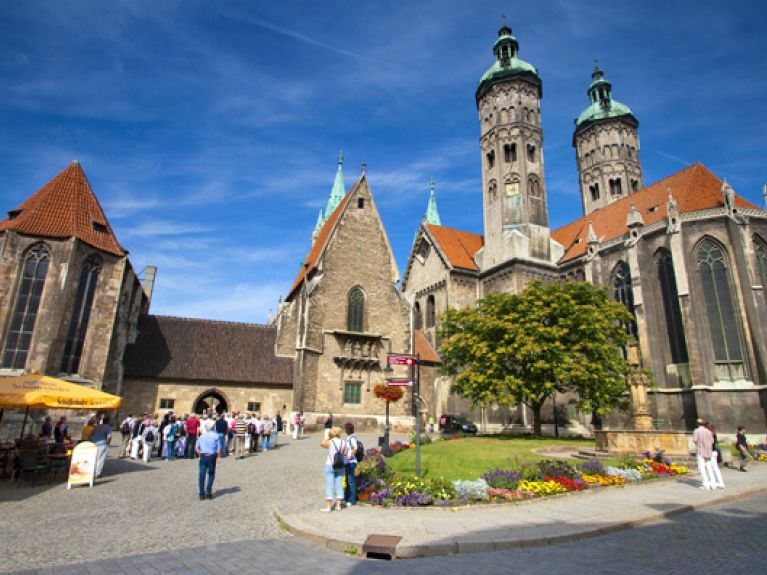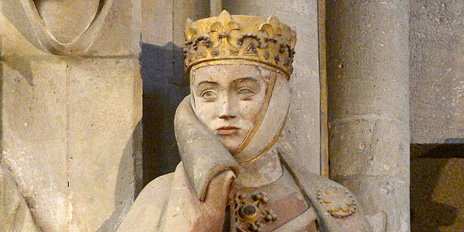World Cultural Heritage sites
Many people look forward excitedly to the decision: in Krakow, the coveted title of “World Cultural Heritage” will be awarded in July. These three places in Germany are in the running.

Germany. From 2 to 12 July the UNESCO World Heritage Committee is meeting in Krakow, Poland. Representatives from all the continents of the world will decide what places will be raised to the rank of World Cultural Heritage sites. The criteria are uniqueness, authenticity and universal significance. Thirty-five sites from all over the world have been nominated, including three in Germany.
Caves with ice age art in the Swabian Jura
It is fascinating that the carved, detailed figures found in the Swabian Jura are 40,000 years old. They are thought to be the oldest figurative art works in human history. Now the places where these pre-historic treasures were discovered have been nominated to become part of the World Cultural Heritage. There are six caves near Ulm, which were already settled in the Stone Age. Archaeologists have excavated more than 50 animal and human figures and flutes of ivory and bone. The best known find is the “Lion Man”, which is exhibited in the Ulm City Museum.
Naumburg Cathedral
The Naumburg Cathedral now has a second chance for the title of a World Cultural Heritage site. In 2015 the UNESCO committee rejected its application. One issue is whether the Naumburg Cathedral and the cultural landscape surrounding the city of Naumburg are of only regional or of international significance. The cathedral is one of the most important church buildings of the High Middle Ages and houses masterpieces of Gothic and Romanesque art. The best known are the figures of the twelve founders. One of them, the Margravine Uta, is famous as the “most beautiful woman of the Middle Ages”.

Bauhaus buildings in Dessau und Bernau
Between 1919 and 1933, the Bauhaus University in Weimar and Dessau revolutionized architecture and city planning. The art schools and master houses were already declared parts of the World Cultural Heritage in 1996. The current nominations have to do with an extension application that would add the balcony access houses in Dessau-Roßlau and the former trade union school in Bernau near Berlin to the Bauhaus World Cultural Heritage site. The architect of the buildings was Hannes Meyer, who was head of the Dessau Bauhaus from 1928 to 1930.
41 World Cultural Heritage Sites in Germany
In 1972 UNESCO adopted the World Heritage Convention. Its aim is to protect and preserve the cultural and natural heritage of mankind. So far 193 states have signed the agreement. In Germany there are already 41 sites with World Cultural Heritage status.
Intangible Cultural Heritage in Germany

